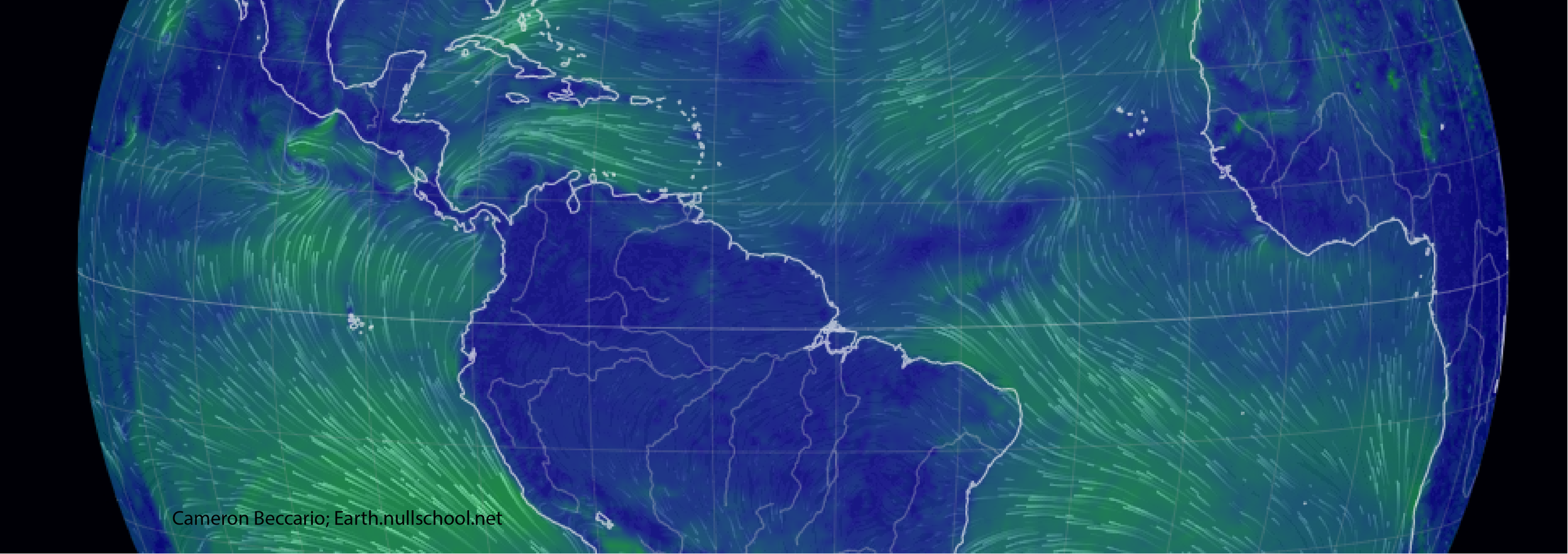
Climate energy balance and long-term carbon cycling
The global energy balance links climate and carbon feedbacks
The silicate weathering feedback is thought to keep our planet habitable on geologic timescales by sequestering more atmospheric CO2 when the planet warms. Therefore, the strength of the silicate weathering feedback depends on the sensitivity of temperature and runoff (the variables most relevant for weathering) to atmospheric CO2. Climate feedbacks can influence this sensitivity, but their complexity and uncertainty has made them difficult to incorporate in long-term carbon cycle models. How can we robustly study the interactions of climate and carbon feedbacks?
Energy balance climate models have been used to study climate feedbacks for decades, but recent work shows they are surprisingly effective at capturing complex, real-world dynamics (e.g. Flannery, 1984; Roe et al., 2015; Boos & Korty, 2016; Siler et al., 2018; Peterson & Boos, 2020). Because these models are computationally efficient, they can be used to test how a range of climate feedbacks affect long-term carbon cycling through geologic time.
We are using energy balance climate models to study how climate feedbacks affect steady state and transient carbon cycle dynamics on geologic timescales. By prescribing climate feedbacks and their strength, our spatially-resolved simulations can constrain the emergent behavior of long-term climate-carbon dynamics such as the “memory” of the coupled system and the feasibility of multiple stable states.
Work on this topic is ongoing . . .



